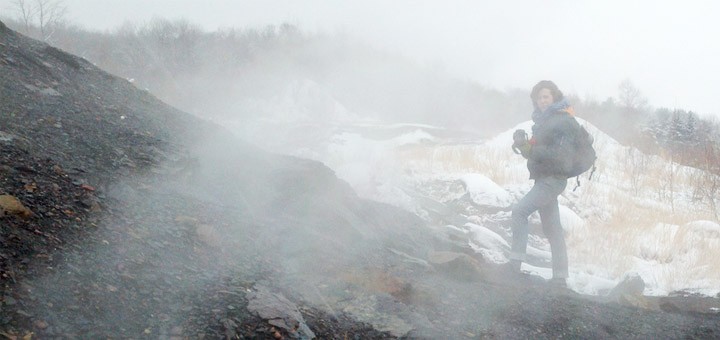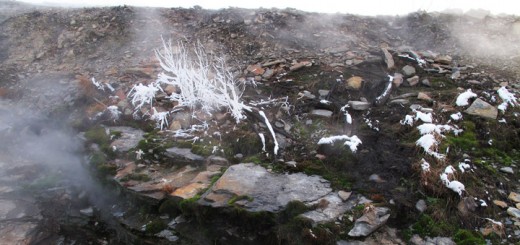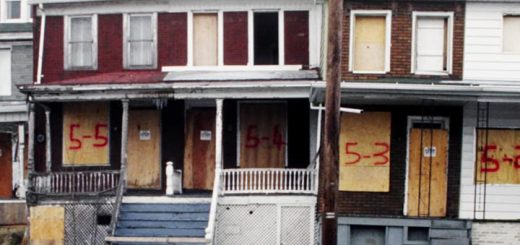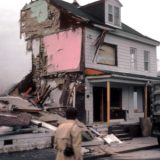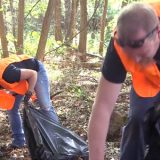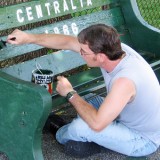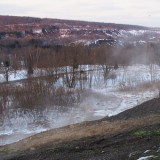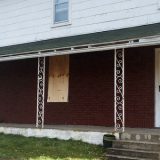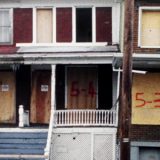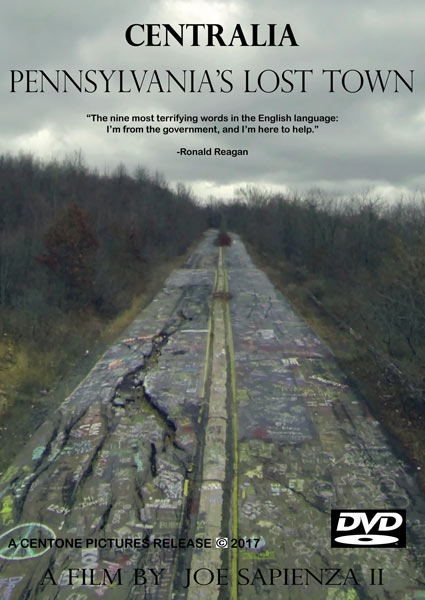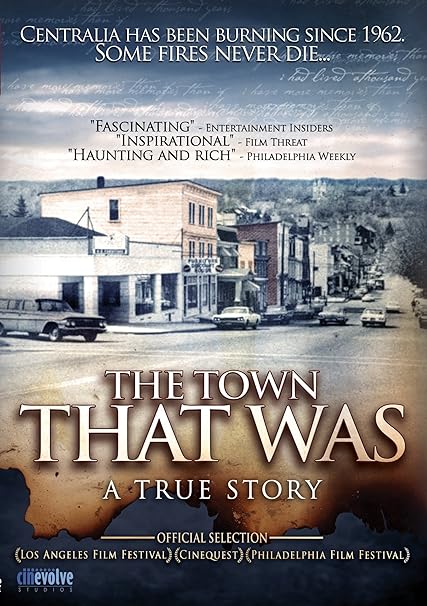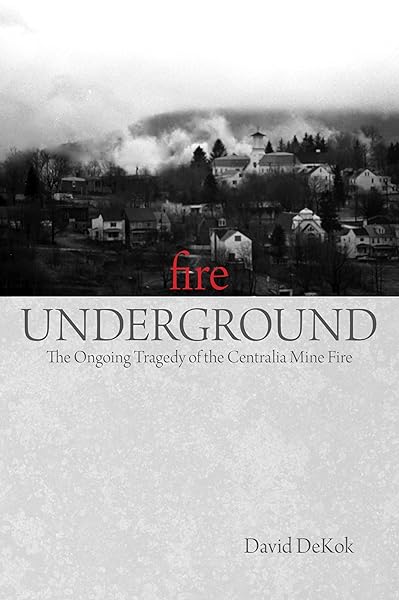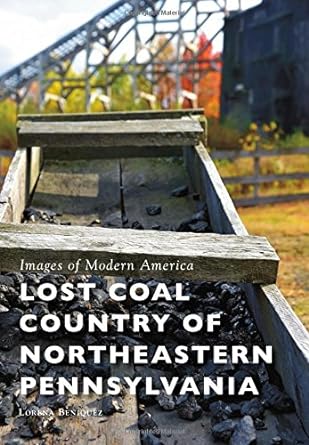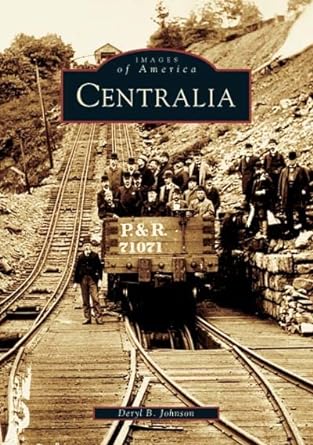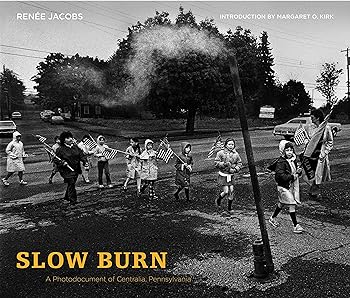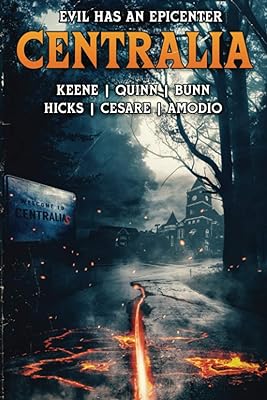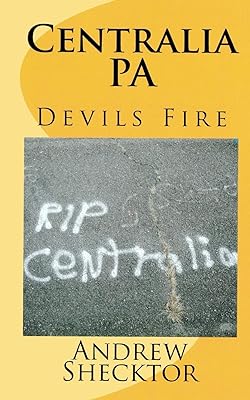In 1997 the NPR radio show and podcast, This American Life, featured Centralia in a segment about the how fire impacts people. The program includes a number of good interviews with several of the remaining residents. These include Lamar Mervine, Helen Womer, and John Comarnisky.
You can listen to the show here. The Centralia segment begins at 7:31.
The host of the podcast, Ira Glass, makes a few odd comments about the town and its mine fire. For example, he mentions that the town was abandoned due to the idea of fire and not a real, actual fire.
While it is true that the mine fire didn’t burn any buildings in Centralia, Pennsylvania, there were a number other problems it caused. The two most dangerous of these were the emission of toxic gasses such as carbon monoxide and the subsidence of the ground. The latter nearly killed Todd Domboski in 1981.
The show also makes a few unusual statements regarding the location of the fire. At one point longtime Centralia PA resident, Helen Womer, is interviewed. She mentions that the fire never moved under the town, and therefore didn’t directly threaten it.
During the 1980s, numerous boreholes were drilled in Centralia, PA to determine the extent of the fire. In reports later compiled from these, it was determined that, indeed, the fire was moving under the town. This is further corroborated by recent thermal imaging which shows hotspots within the town. These are presumed to be generated by the underground mine fire.
Finally, the podcast touches on the coal conspiracy theory. Here, the reasoning goes that the government wanted to drive away Centralia, Pennsylvania’s residents in order to get at the supposed billions of dollars of anthracite coal underneath it. Given the relatively low demand for coal today, this seems unlikely. Even, Glass says that there is little hard evidence to support the conspiracy.
At the end of the show, one can’t help feeling bad for the remaining people living in the town in the late 1990s. With their village razed and their neighbors gone, they are isolated and alone. By the 2010s, most of them will have left too.

